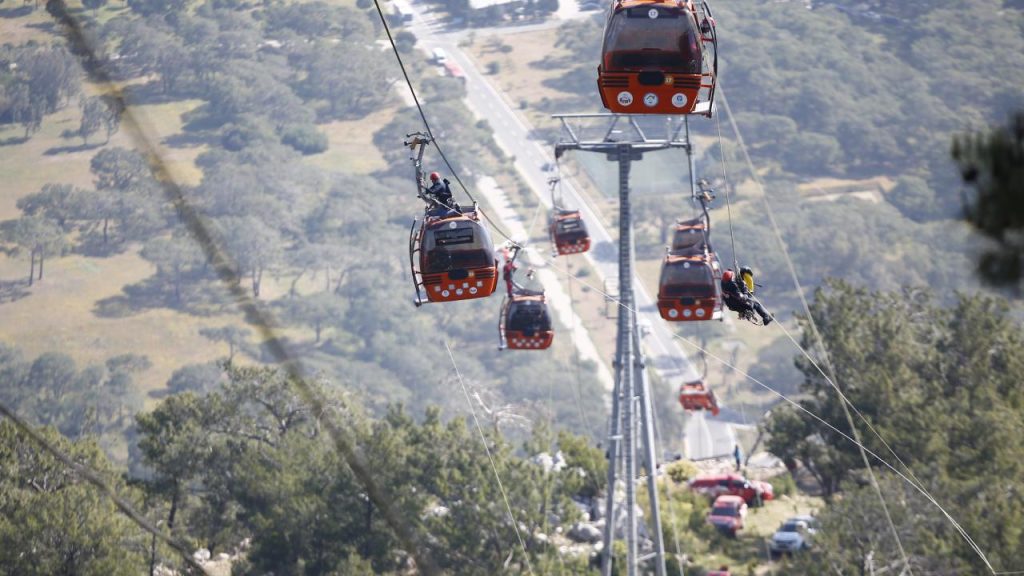The Search and Rescue Department Chief of the Disaster and Emergency Management Authority (AFAD), Kartal Muhcı, stated that the personnel responding to the cable car accident in Antalya were specially trained and equipped with the necessary gear. AFAD keeps the necessary equipment in its inventory to respond to accidents that may occur in cable cars due to the terrain and height. AFAD personnel also conduct evacuation drills from cable cars from time to time.
Following the accident in the Sarısu cable car line in Antalya’s Konyaaltı district, in which one person died and 7 others were injured, a total of 2,202 personnel, including 607 search and rescue members, were involved in the evacuation operation of 174 individuals. The operation utilized 304 vehicles, 11 ambulances, 10 helicopters, drones with night vision capabilities, reconnaissance and military cargo aircraft.
In addition to AFAD, the operation involved firefighters, JAK (Gendarmerie Search and Rescue), UMKE (National Medical Rescue Team), 112 Emergency Service units, as well as members of civil society organizations. A total of 97 individuals were rescued from the scene by the Coast Guard Command helicopter in 7 flights and the Air Force Command helicopter in 3 flights.
Seventy-seven individuals who were trapped on the cable car were evacuated using rope lines, long boom cranes, and fire ladders, and were handed over to medical teams. Kartal Muhcı, Chief of AFAD Search and Rescue Department, emphasized the necessity of intervention either from the air or by sliding over the cables when dealing with cable car accidents due to the unstable nature of the site.
Muhcı explained that the rescue operation would take around a day, but the duration could vary depending on the terrain conditions. He highlighted the steep and rugged terrain of the area, making access challenging. The experience gained from evacuations in Keçiören and Bursa cable cars was applied in Antalya, utilizing special winch systems specifically designed for cable cars, which required expertise in mountaineering. This allowed for the successful rescue of the trapped individuals.
During the operation, communication was established with the individuals stuck in the cabins, and assessments were made using drones to determine the number of people inside. Muhcı mentioned the motivation the team received when the trapped individuals expressed their confidence in the rescue team upon seeing the drones, helicopters, and crews approaching. He also emphasized the importance of technology and the skills of their teams in executing the operation efficiently.


